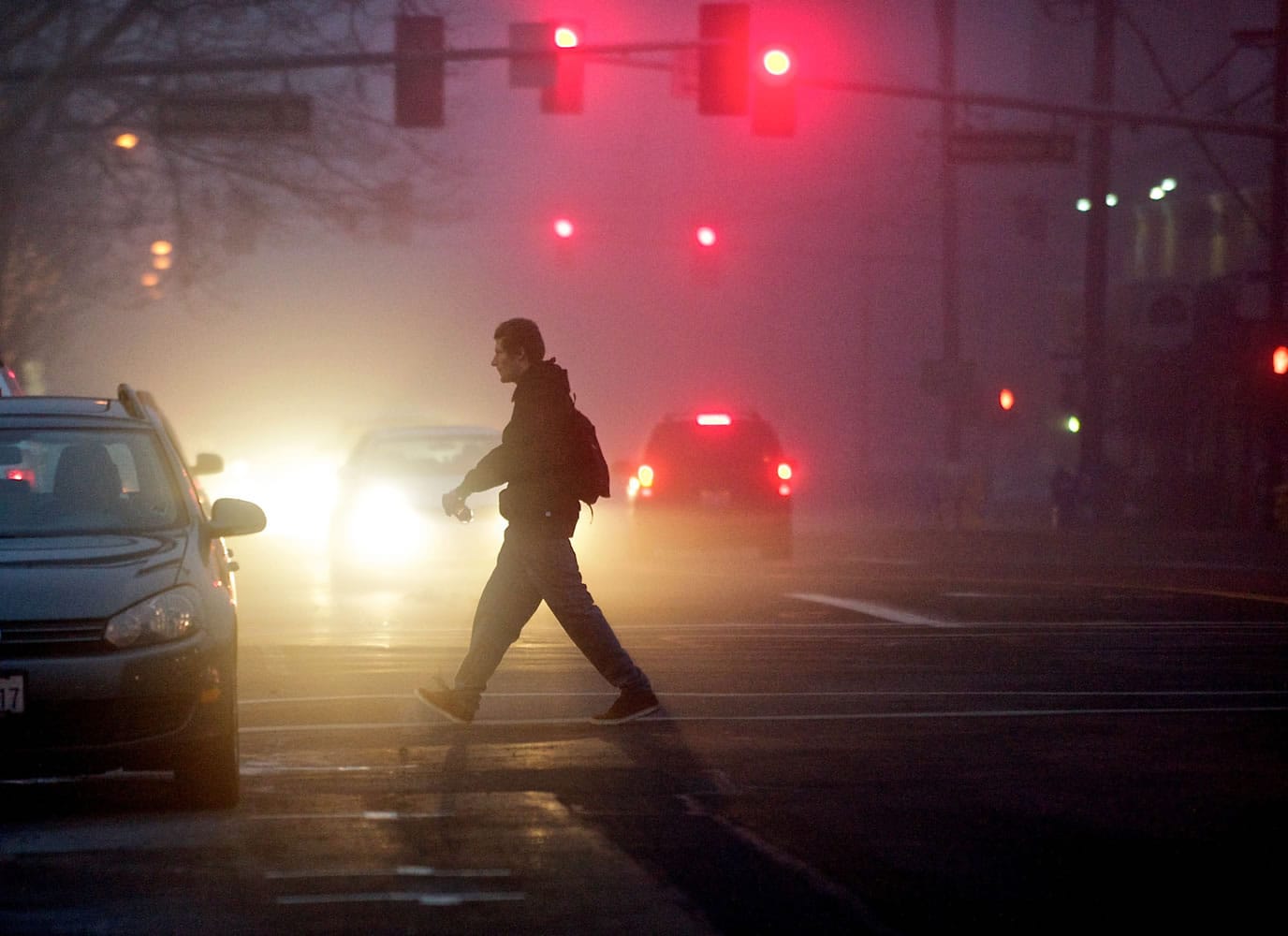In how good of a condition should Vancouver keep its streets?
The city councilors did not make any decisions Monday. They were told that if they want to keep streets from getting worse, they’ll need to find at least $6.75 million a year.
The council knows the city has a total of $520 million in street needs, the bulk of which involve bringing old county roads up to urban standards. Monday’s workshop, however, focused on money needed to maintain and reconstruct streets during a six-year period, 2015 through 2020.
Next year, the council will begin discussing a new possible revenue source, such as a sales tax increase, a license tab fee or a special levy. If Monday’s meeting was any indication of how those discussions will go, city staff members will tell councilors they need to have money to fix streets before they fail and have to be completely rebuilt at a greater expense. Councilors, meanwhile, will squirm at the idea of asking residents to support any type of fee or tax increase.
Councilor Jack Burkman said there’s a tendency in government to have things fail before they are fixed, while Mayor Tim Leavitt said talking about fixing roads “is not as sexy as talking about parks and trails and fire stations or K-9 units.”
Protecting property
The city has 1,806 lane-miles to maintain.
Streets are rated on a scale of zero to 100, with 100 considered perfect. Arterial streets in Vancouver average a 71, while collector streets average a 66 and residential streets average a 65, said Bill Whitcomb, the finance and asset management manager for the city’s public works department.
At current funding levels, the city would spend $43.7 million from 2015 through 2020 on pavement management.
But to stop roads from deteriorating further, it would cost an additional $6.75 million a year, the council was told. If the council decides to actually improve streets, that figure would go up to $9.8 million a year, Whitcomb said.
That means that instead of $43.7 million over those six years, the city would need either $84.2 million or $102.5 million over six years, depending on whether it wants to keep streets in the same condition or make improvements.
The suggested target scores, similar to benchmarks set by mid-sized cities around the state, are an average of 80 for arterials, 75 for collectors and 70 for residential streets.
The goal would be to hit those targets in 20 years.
If the council decides to not spend more money on streets, by 2035 the city’s arterial streets would be rated a 53, collector streets a 43 and residential streets a 50, Whitcomb said.
Whitcomb told the council that new software, called Street Saver — which has a $1,500 annual licensing fee — has helped the city analyze what work needs to be done and predict how unfixed streets will deteriorate over time.
Councilor Bill Turlay asked if there are widely accepted street standards or if different employees just make up their own definitions. Whitcomb said there are widely accepted pavement standards, and the city staff uses manuals that have photographs of streets in all types of conditions. He also named Columbia Street as an example of one in poor condition. People who aren’t street engineers often use “ride quality” to determine the state of a street, but Whitcomb said streets in poor condition don’t necessarily mean a bumpy ride.
“It’s the cracks and the nature of the cracks,” Whitcomb said.
Councilor Bart Hansen said he believes city residents are catching on to the fact that streets need to be improved. He cited the 2012 Community Survey, in which residents’ satisfaction with major streets had dropped 3 percent from the 2010 survey and by 10 percent for neighborhood streets. It will be interesting to see results from the 2014 survey, Hansen said.
Leavitt said it’s one thing for residents to know there’s a problem, but another for them to decide to pay to fix it.



